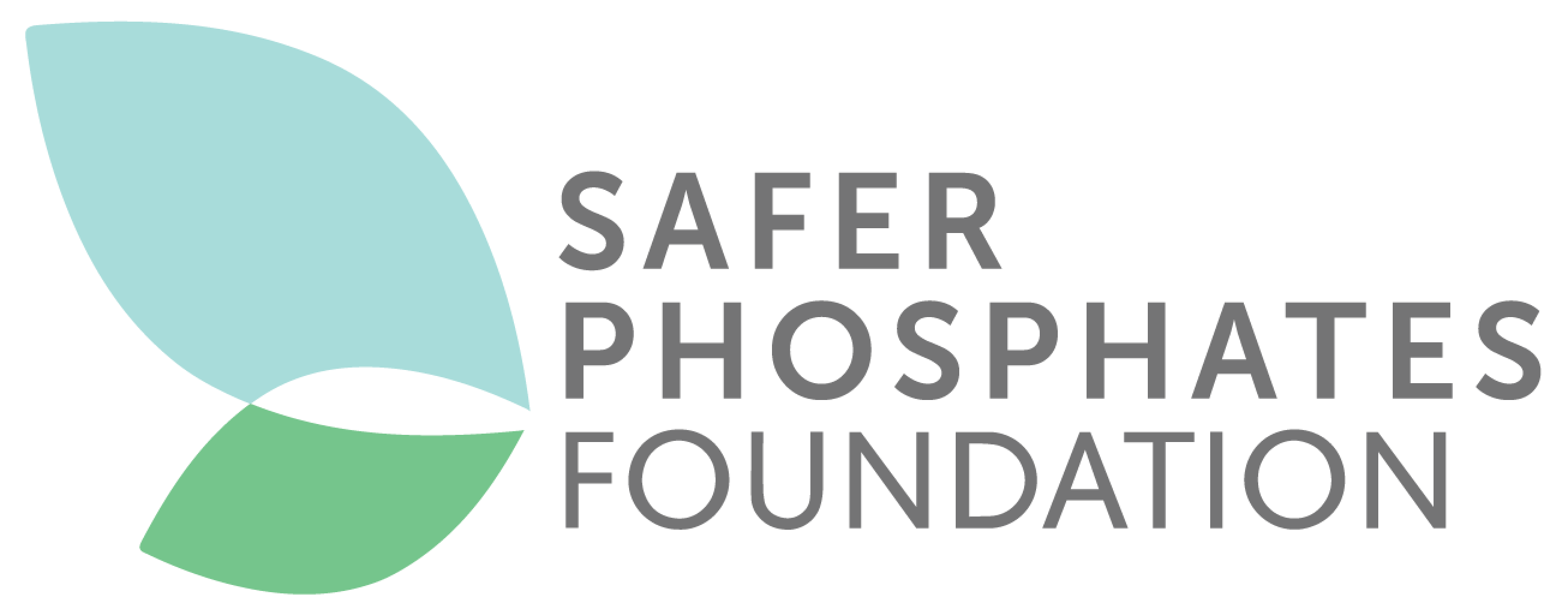More action needed to tackle water contamination
The impact of heavy metals in agriculture and food is a wide-ranging topic, to which Safer Phosphates has always been strongly committed. Given the importance and the widespread impact of heavy metals, considerations on the importance of fertiliser management exist across a diverse set of European policies from the Common Agriculture Policy to the Fertilisers Regulation to the Water Framework Directive.
Cadmium (Cd) is, for instance, listed as a priority hazardous substance in the EU Water Framework Directive (WFD), which has led to the requirement of management plans to cease cadmium release to the environment. In addition to the WFD, the European Groundwater Directive requires the Member States to set a threshold value for cadmium in groundwater. On this basis, each Member State had to develop its own procedure to determine a threshold value. Yet, some Member States still do not have such a threshold due to a missing risk assessment, which clearly goes against the lead policy principle set out by the European Commission in the Green Deal, where the political priority is to address such societal concerns.
)
Cadmium in soils and water
It is worth remembering in this context, as noted in our previous insights, that cadmium is a metal that can have adverse health effects on the general population. The use of mineral phosphate fertilisers contributes to about 60% of current cadmium emissions into soil. It is therefore critical to use all the tools at hand to try to reduce soil and crop cadmium concentrations in our various regions, while also taking into consideration that this phenomenon is a worldwide concern.
In this context, Safer Phosphates would like to take this opportunity to again highlight the impact that cadmium pollution has in groundwater. Phosphate fertilisers contain cadmium, and long-term use of these fertilisers has been reported to cause groundwater contamination in cultivated areas. To illustrate this point, the recent insightful review written in 2019 by researchers from University of Bremen (Germany) and U.S. Environmental Protection (USA) stresses the importance of fertiliser management to control cadmium groundwater contamination given that significant exposure of agricultural lands to cadmium can cause food security risk through the soil-water-food chain transfers.
As such, anthropogenic sources (e.g. fertilisers) can elevate cadmium concentrations in groundwater, which are important for maintaining healthy supplies of food and safe drinking water. Yet, elevated doses of cadmium are carcinogenic to humans. The WHO Guidelines for Drinking-Water Quality recommend a guideline value for cadmium of 3g/L.
It further concludes that additional “efforts to clean wastewater, inhibit leachate of contaminated material, e.g., in landfills and mines, and reduce use of Cd contaminated phosphate fertilisers are necessary to decrease anthropogenic Cd output. The review indicates that the amount of Cd input into soil as an impurity in phosphate fertilisers depends on the origin. Thus, changes in fertiliser management do not consequently result in decreasing crop yields.”
)
Impact of the contamination on the food chain
Additional recent scientific studies further confirmed the risks posed by the presence of dangerous carcinogenic substances, such as cadmium and arsenic, in fertiliser products and the need to substantially reduce their levels. The EEA’s SOER2020 report raised this issue: “some metals such as cadmium and copper are accumulating in arable soils” and “in 21 % of agricultural soils, the cadmium concentration in the topsoil exceeds the limit for groundwater, 1.0 mg/m3 (used for drinking water)”.
Last July, the French Agency for Food, Environmental and Occupational Health & Safety (ANSES) also published an opinion that the consumption of edible seaweed, or the incorporation of edible seaweed as a food ingredient or a food supplement can expose consumers to cadmium. “The analysis of data on cadmium contamination of unprocessed seaweed intended for human consumption showed that this value in edible seaweed of 0.5 mg/kg-1 of dry matter was frequently exceeded, representing about 26% of the samples in the available dataset.” ANSES also gave a recommendation to lower the maximum value of cadmium, considering that “the health risk for the French population from cadmium through total diet cannot be ruled out, but the lowest possible maximum cadmium concentration in seaweed is recommended.” The ANSES document outlined that cadmium could be added to water due to agricultural activities. Our opinion is that the exposure of agricultural lands to cadmium can cause food security risk through soil-water-food chain transfers. This again highlights that cadmium is known to be carcinogenic, mutagenic and toxic to reproduction, and prolonged exposure causes kidney damage and bone fragility in humans, particularly from oral exposure via food and drinking water – should as such be limited in algae as food.
Based on all the above, these scientific reviews demonstrate yet again the heavy impact that phosphate-based fertilisers containing high levels of heavy metals have on groundwater and emphasise the need for a coordinated approach towards the reduction of heavy-metal contamination via fertilisers to reach the ambitious sustainable goals that the European Union and the FAO have set out.
As such, attention should be paid to a smart approach to fertiliser usage, which takes into consideration the origin of phosphates and its heavy metals content which greatly varies from one part of the world to another.
Secretary General of Safer Phosphates
Sources
Cadmium in soils and groundwater: A review (Andreas Kubiera, Richard T. Wilkinb, Thomas Pichlera) - Applied Geochemistry, September 2019, https://doi.org/10.1016/j.apgeochem.2019.104388
Opinion of the French Agency for Food, Environmental and Occupational Health & Safety on “maximum cadmium levels for seaweed intended for human consumption” (21 July 2020) – Request No 2017-SA-0070
The European Environment Agency – state and outlook 2020 Knowledge for transition to a sustainable Europe (2019)
Directive 2000/60/EC of the European Parliament and of the Council of 23 October 2000 establishing a framework for Community action in the field of water policy
Directive 2006/118/EC of the European Parliament and of the Council of 12 December 2006 on the protection of groundwater against pollution and deterioration

